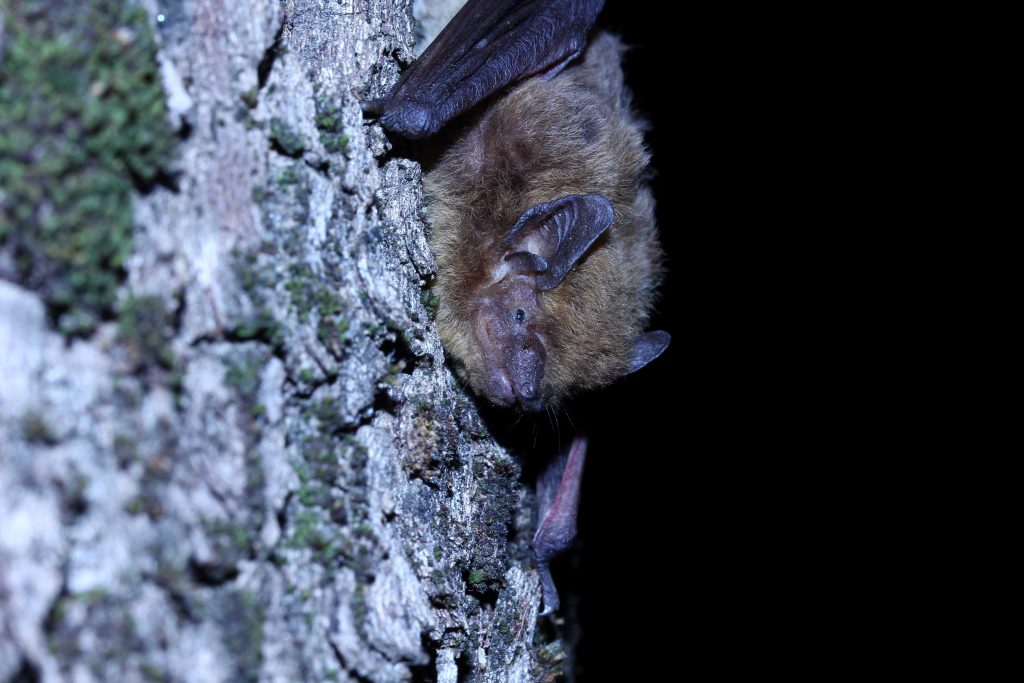Did you know that bats are also victims of wind turbines when they are not properly sited?

Bats are the second largest group of mammals with more than 1400 species on earth. They play an important role in ecosystems as insect predators or plant pollinators or seed dispersers. All European bat species are Strictly Protected (EU and National legislation, International/European Conventions and Agreements).
Together with birds, bats are directly affected by the operation of wind turbines, sometimes with excessive mortality. Unfortunately, in Greece there are no clear binding guidelines for monitoring the effects of wind farms on bats, especially for the post-construction period.
The most thorough study about the impacts of wind farms on bats was carried out by WWF Greece (2009-2010) in Thrace and showed that a large number of bats are killed, with significant variation between the wind turbines studied.
In the terms of the "Safe Flyways" program, we used data from this study and performed statistical analyses to answer the following questions:
A. Which are the features of wind turbines and the surrounding landscape that determine most the number of fatalities?
B. At what radius around a wind turbine is crucial the landscape’s composition?
C. What is the total annual number of bat deaths in the wind farms operating in Thrace and what will it be if the ones planned to be operated eventually become operational?
Our analyses have shown that:
- The number of bat fatalities at a wind farm is primarily determined by the total installed power, but also by the composition of the landscape.
- If all wind farms planned in Thrace are eventually licensed and operational, then at least 1151 bats will be killed each year in the region.
- In order to mitigate bat mortality, wind farms should not be installed in areas where within a 5 km radius consist (50% or more) of natural land covers.
- Special Ecological Assessment (SEA) studies should include areas of several kilometers around the planned project sites and efforts to assess the cumulative impacts of SEA should be carried out on an appropiate spatial scale.





